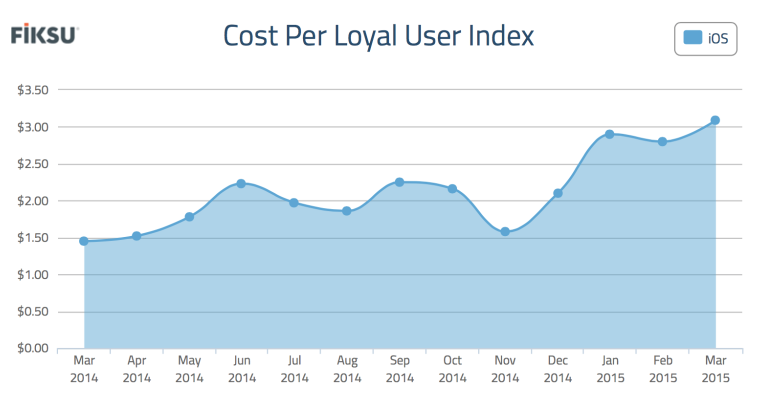Music makes the world go ’round, as indicated by such popular apps as Spotify and Pandora. Now, Instagram is getting in on the musical action.
TechCrunch recently reported that the popular photo site has launched a new community on its site devoted to music and its creators alike, under the title @music. This marks a departure for Instagram, allowing it to focus singularly on a particular subject, as it explained in a blog post earlier this morning. Considering that about one quarter of the most popular accounts on the site are run by musicians, it shouldn’t be a surprise that it’s moving forward with such an initiative – and with over 300 million users using Instagram, it’ll certainly be able to generate an audience.
Said Instagram founder and CEO Kevin Systrom, “The music community is – and always has been – an important part of Instagram. For the past four years, we have become the home for artists big and small – a place where people across the musical spectrum come to share stories, reveal their creativity and connect directly with fans.”
In addition to being home to such popular artists as Madonna, Katy Perry, and top ten mainstay Justin Beiber, Instagram has also seen an increase in emerging artists looking to make a name for themselves, and share posts that relate to fans within their community.
Instagram music editor Alex Suskind will head up the project, which will cover a variety of music-related topics, including featured artists (like new performers, such as Tricot), instruments, lyrics, studio sessions, and even concerts. Fans can also take part as well, and get involved with their own posts.
Six posts per week will be dedicated to the @music channel, grouped by series designed by specific hashtags. For instance, #LocallySourced will cover unsigned acts that show promise, while #DoubleTrack will focus on the interests of artists outside of the musical scene. #15SecondLessons will also provide videos on how to learn more about music, including “everything from riffs to drumbeats,” according to the site.
A new music-themed monthly hashtag project will also be introduced, similar to Instagram’s previous Weekend Hashtag Project – but with a music focus, obviously.
The @music division is already going strong, with a piece that focuses on The Roots’ drummer Questlove, explaining his musical origins. With the right amount of success, it could diversify into even more coverage, for both up-and-coming and popular artists alike.
Don’t look for any other areas outside of @music for the time being, though. A spokesperson for Instagram said, “Creating content isn’t new for us. We think spotlighting the most talented and creative members of the music community on Instagram is a very strategic long-term.”


